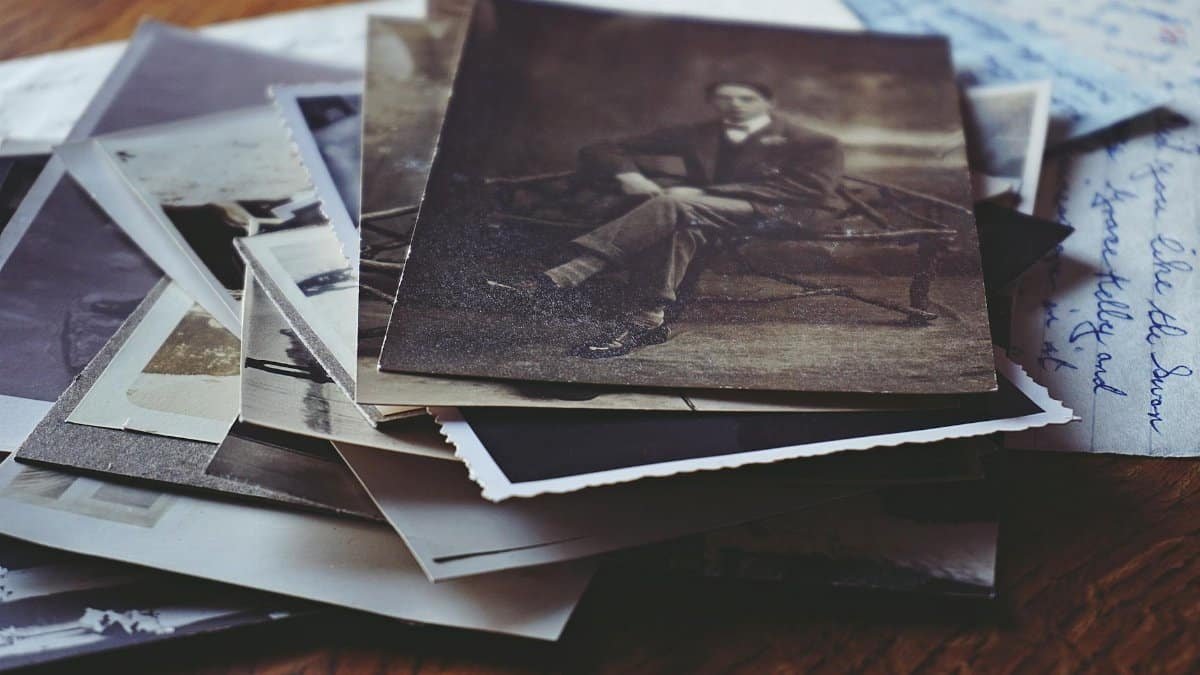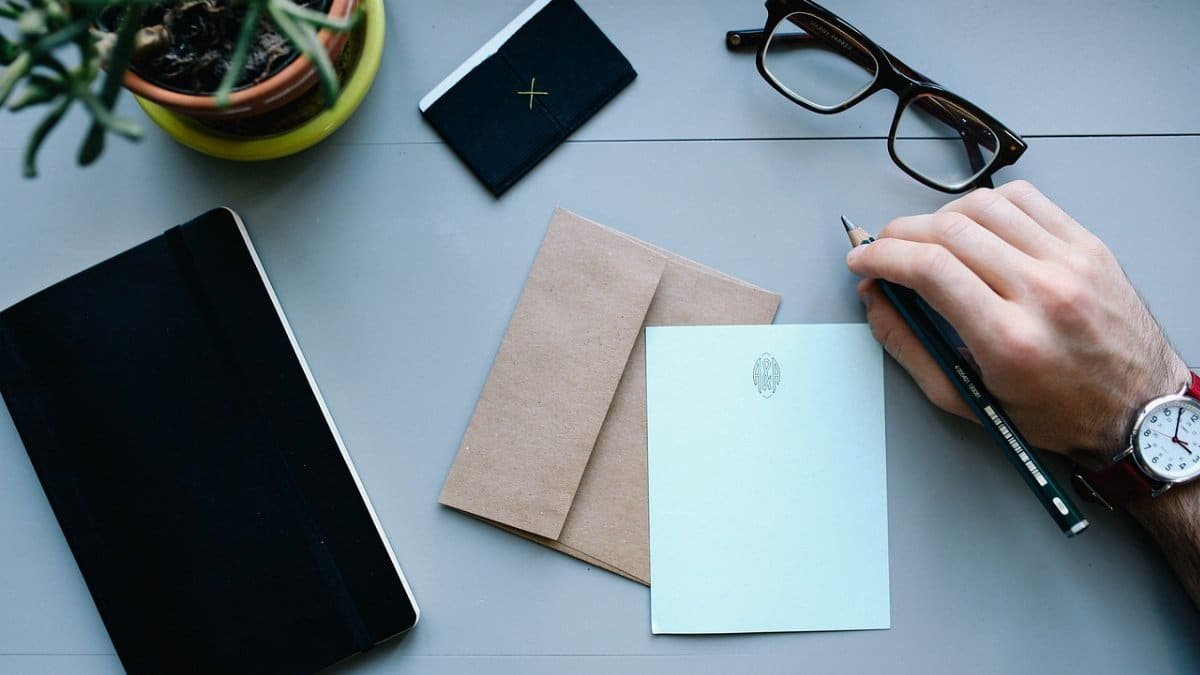Imagine a quiet evening, the kind where the world seems to slow down, and a small, unassuming envelope sits on a kitchen table. Inside, words scrawled in ink carry an apology, a memory, or a simple “I miss you.” For many, this is where handwritten letters healing relationships begin—a tangible connection that feels more human than any emoji or instant message. In an age dominated by fleeting digital exchanges, there’s a growing recognition that putting pen to paper can mend bonds in ways screens often can’t. These letters, with their imperfections and personal touch, hold a quiet power. They slow us down, force us to reflect, and remind us of the weight of our words. As Americans navigate increasingly fractured connections in 2025, this old-fashioned practice is finding new relevance. It’s not just nostalgia. It’s a deliberate act of care, a bridge across distance or misunderstanding, and for some, a lifeline to rebuild what’s been broken.
The Emotional Weight of Ink on Paper
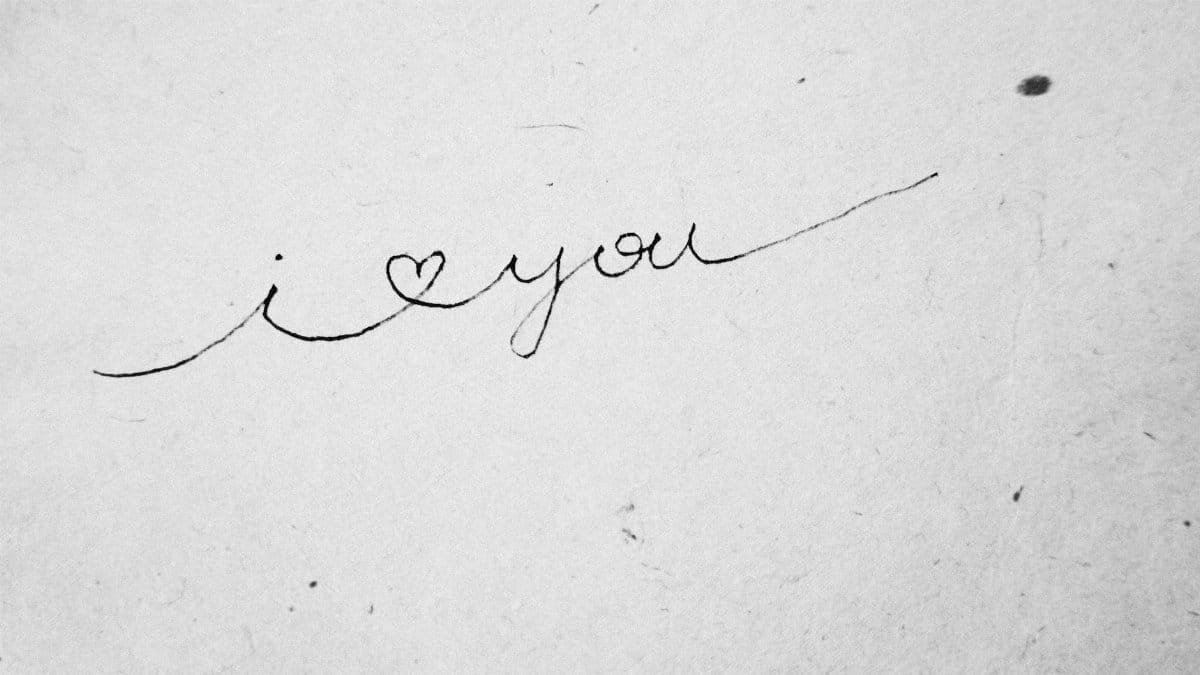
Handwritten letters carry a unique heft, both literal and emotional. The act of writing by hand engages the brain differently than typing, activating areas tied to memory and emotion, according to research from the National Institutes of Health. This physical process often makes the writer more intentional, choosing words with care. For the recipient, seeing familiar handwriting can evoke a rush of feeling—recognition, warmth, or even pain—before a single line is read.
Take the case of a woman in her fifties from Ohio, who shared a story of receiving a letter from her estranged brother after years of silence. The shaky cursive alone brought tears; it was as if she could hear his voice through the loops and lines. The content mattered, of course—an apology for past harsh words—but the medium amplified its impact. It wasn’t a text that could be deleted or ignored. It was real, permanent, something she could hold. This tangible nature often makes handwritten letters a catalyst for healing relationships, turning abstract emotions into something concrete.
A Counterpoint to Digital Disconnect
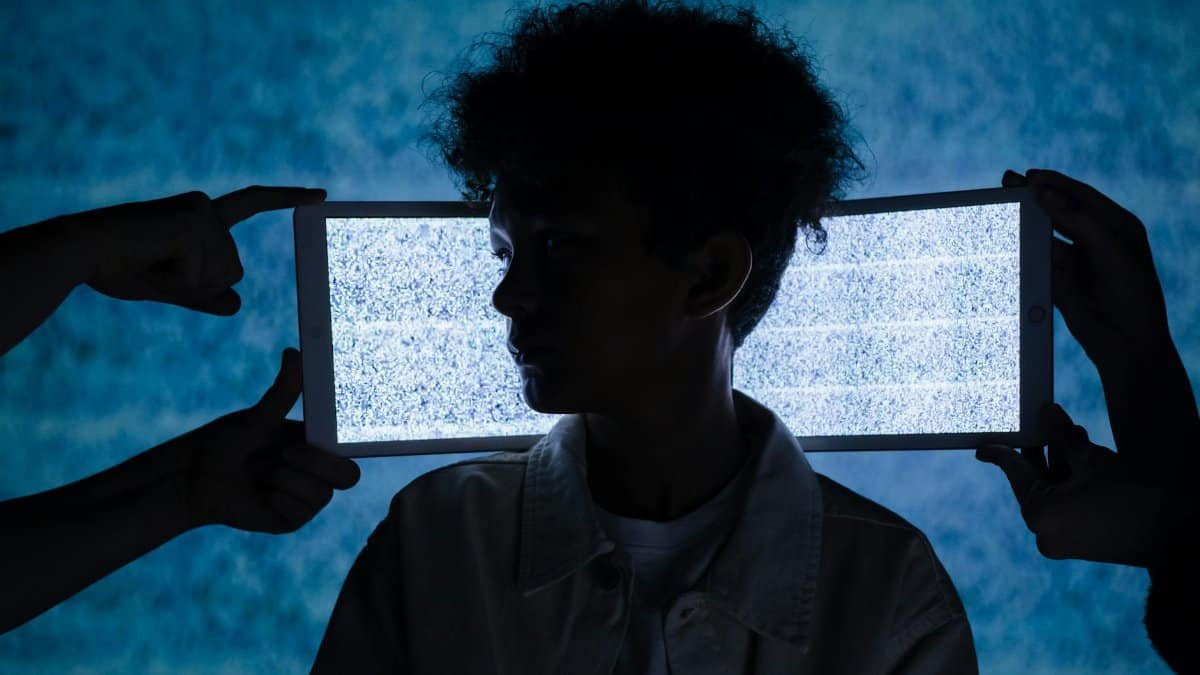
Texts and emails dominate communication in 2025, but their speed and brevity can sometimes widen relational gaps. A quick “sorry” via smartphone lacks the depth of a letter penned over hours. Studies, like those summarized by Pew Research Center, show that while digital tools keep us connected, many Americans report feeling less emotionally satisfied by them compared to face-to-face or slower forms of contact. Handwritten letters, by contrast, demand time—time to write, to send, to receive, to read. That slowness can be a balm.
Consider how often misunderstandings escalate through rapid-fire messages. A curt reply sparks anger; a missed text breeds resentment. Letters interrupt that cycle. They force a pause, a chance to process before responding. For couples, friends, or family members at odds, this delay can mean the difference between a lasting rift and a repaired bond. It’s not just about nostalgia; it’s about creating space for clarity and care.
The Vulnerability of Writing by Hand
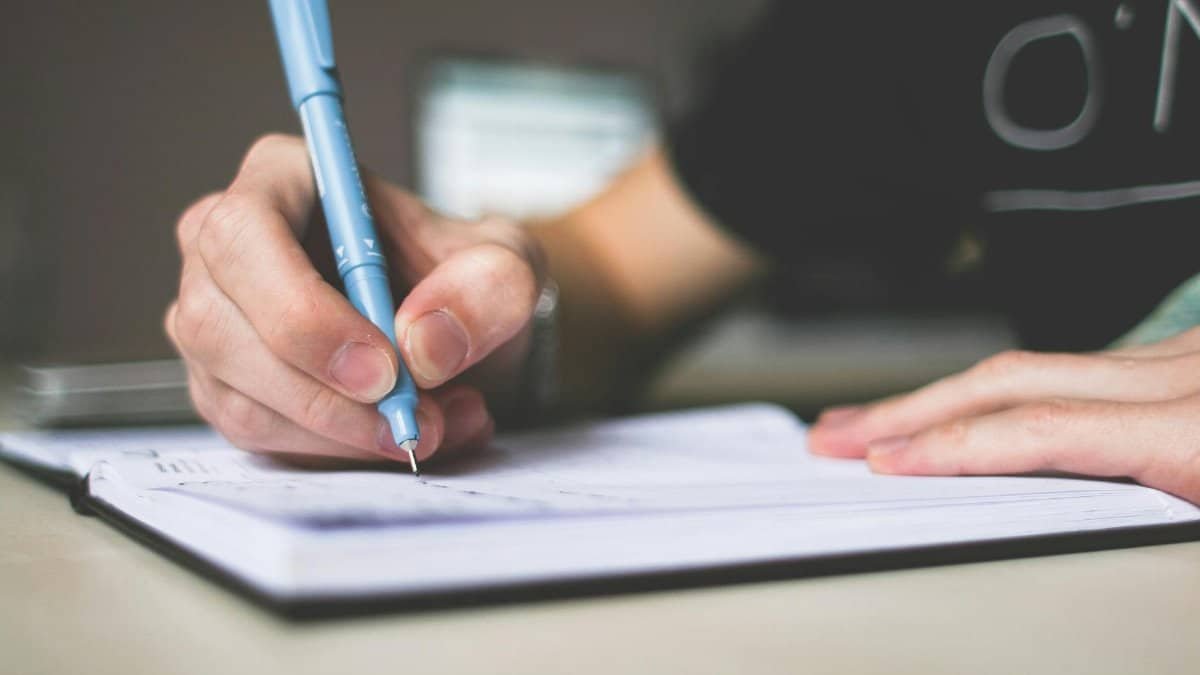
There’s an inherent risk in handwriting a letter. Misspellings, smudges, crossed-out words—they reveal the writer’s humanity in a way polished emails rarely do. This vulnerability can be disarming, even healing. When someone takes the time to write, flaws and all, it signals sincerity. A 2018 study from the Frontiers in Psychology journal found that personal, effortful communication often fosters greater trust and emotional connection. Handwritten letters embody that effort.
Think of a parent writing to a grown child after a falling-out. The uneven handwriting, the ink blot from a shaky hand—those imperfections show the struggle to express what’s hard to say aloud. For the child reading it, those marks might soften years of resentment. It’s not just the message but the messy, human act of writing it that rebuilds trust. In this way, handwritten letters healing relationships often hinge on their raw authenticity.
Bridging Generational Divides
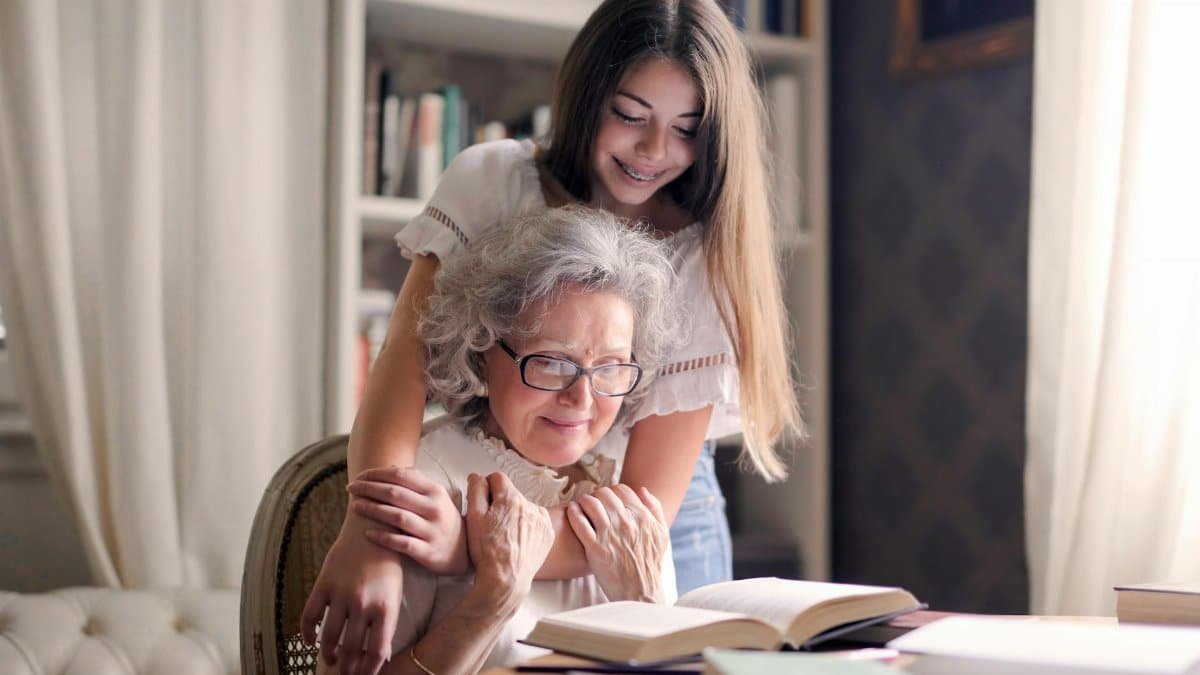
Handwritten letters often resonate deeply across generations, especially when younger and older family members struggle to connect. For middle-aged adults juggling busy lives, reaching out to aging parents or distant children through a letter can cut through the noise of daily distractions. A report from the AARP highlights that while many older Americans have adapted to technology, they still value traditional forms of communication for their personal touch.
Anecdotally, stories abound of grandparents cherishing letters from grandchildren, even if they’re just a few scribbled lines. One woman recalled her teenage son writing to his grandmother after a tense holiday argument. The letter wasn’t long, but it acknowledged her feelings and shared a memory of baking together. That small gesture shifted their dynamic, easing months of strain. Letters like these become keepsakes, physical reminders of love that outlast a phone call or text thread.
Practical Barriers and Modern Solutions
Of course, handwritten letters aren’t without challenges. Finding time to write, buying stamps, or even knowing someone’s current address can feel like hurdles in a fast-paced world. Physical limitations, like arthritis, can also make writing painful for some. Yet, solutions exist. Dictating thoughts to a family member or friend to transcribe still preserves the personal intent. Online services can even print and mail typed letters in a handwritten font, blending convenience with sentiment.
More than that, the act doesn’t need to be perfect. A short note on a postcard or a quick card slipped into a care package can carry the same weight as a lengthy missive. The key is the intention behind it—a deliberate choice to connect in a way that feels less disposable. For those skeptical about the effort, starting small can reveal how even a brief handwritten message contributes to healing relationships over time.
A Ritual of Reflection and Repair
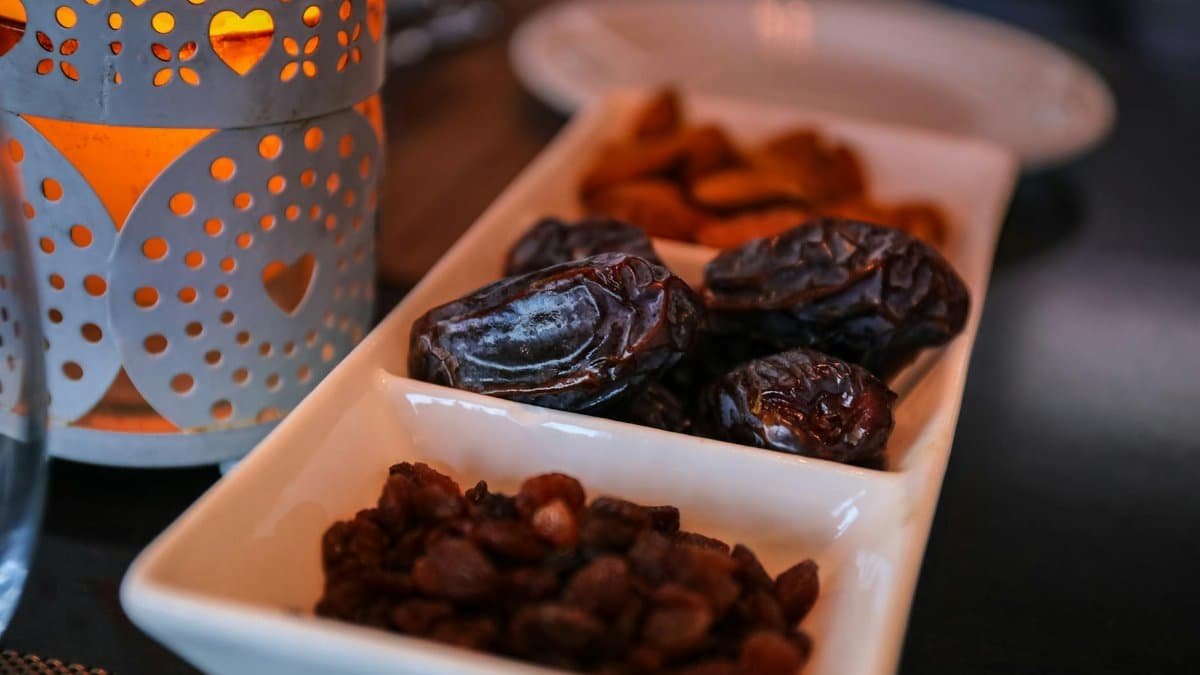
Beyond their immediate impact, handwritten letters often serve as a ritual, a way to process emotions before sharing them. Writing forces clarity. It’s harder to lash out in anger when each word takes effort to form on the page. This reflective quality can be especially powerful in mending strained ties. Therapists often encourage clients to write letters—even if they’re never sent—as a way to articulate feelings and release burdens.
One person described the experience of writing to a former friend after a bitter fallout. The letter took days to finish, each sentence a wrestle with pride and regret. Sending it wasn’t even the point; the act of writing shifted something internally, softening old wounds. When the friend eventually responded, also by letter, the exchange became a turning point. Handwritten letters healing relationships often work this dual magic—repairing both the sender and the recipient through the slow, thoughtful process.
The Lasting Echo of a Letter
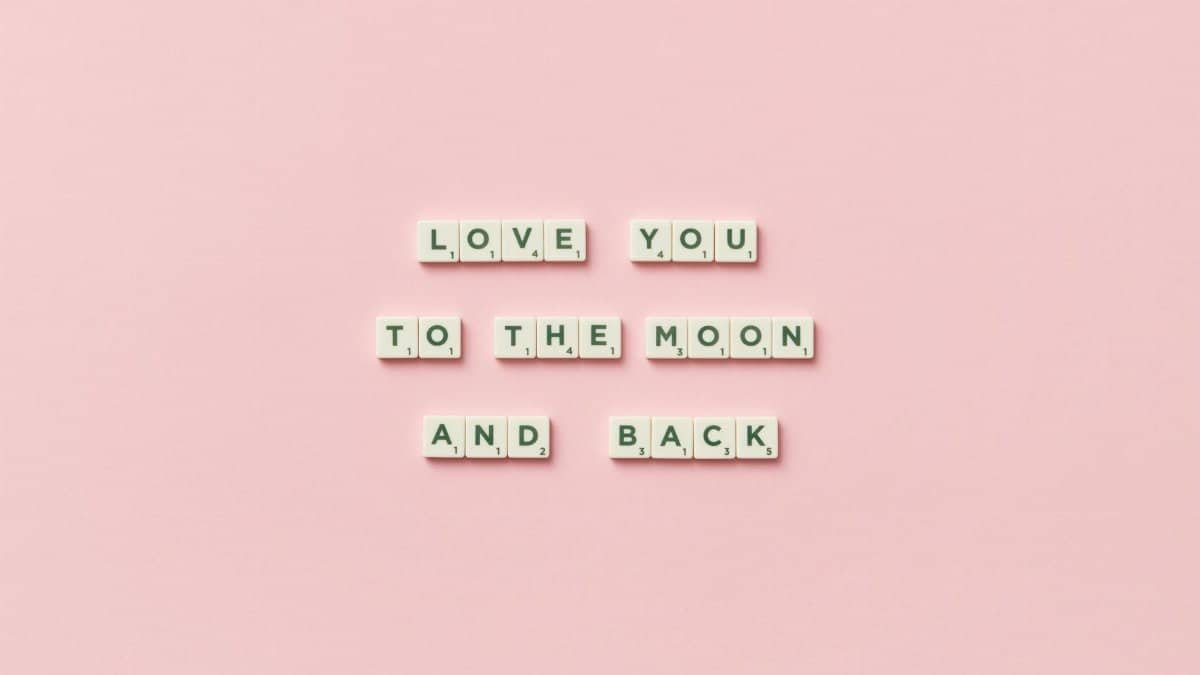
Unlike digital messages that vanish into the cloud or get buried in inboxes, handwritten letters linger. They’re tucked into drawers, reread during quiet moments, or discovered years later with a pang of memory. Their permanence gives them a unique role in sustaining connections over time. In 2025, as people seek deeper meaning amid rapid change, this enduring quality feels almost radical.
Picture a family sorting through a loved one’s belongings after a loss. Amid the clutter, they find a bundle of letters—words of encouragement, apologies, shared dreams. Those pages become a tether to the past, a way to grieve and remember. For the living, writing such letters now can build those bridges before it’s too late. It’s a reminder that handwritten letters healing relationships aren’t just about the present; they’re a gift to the future, a testament to what matters most.
